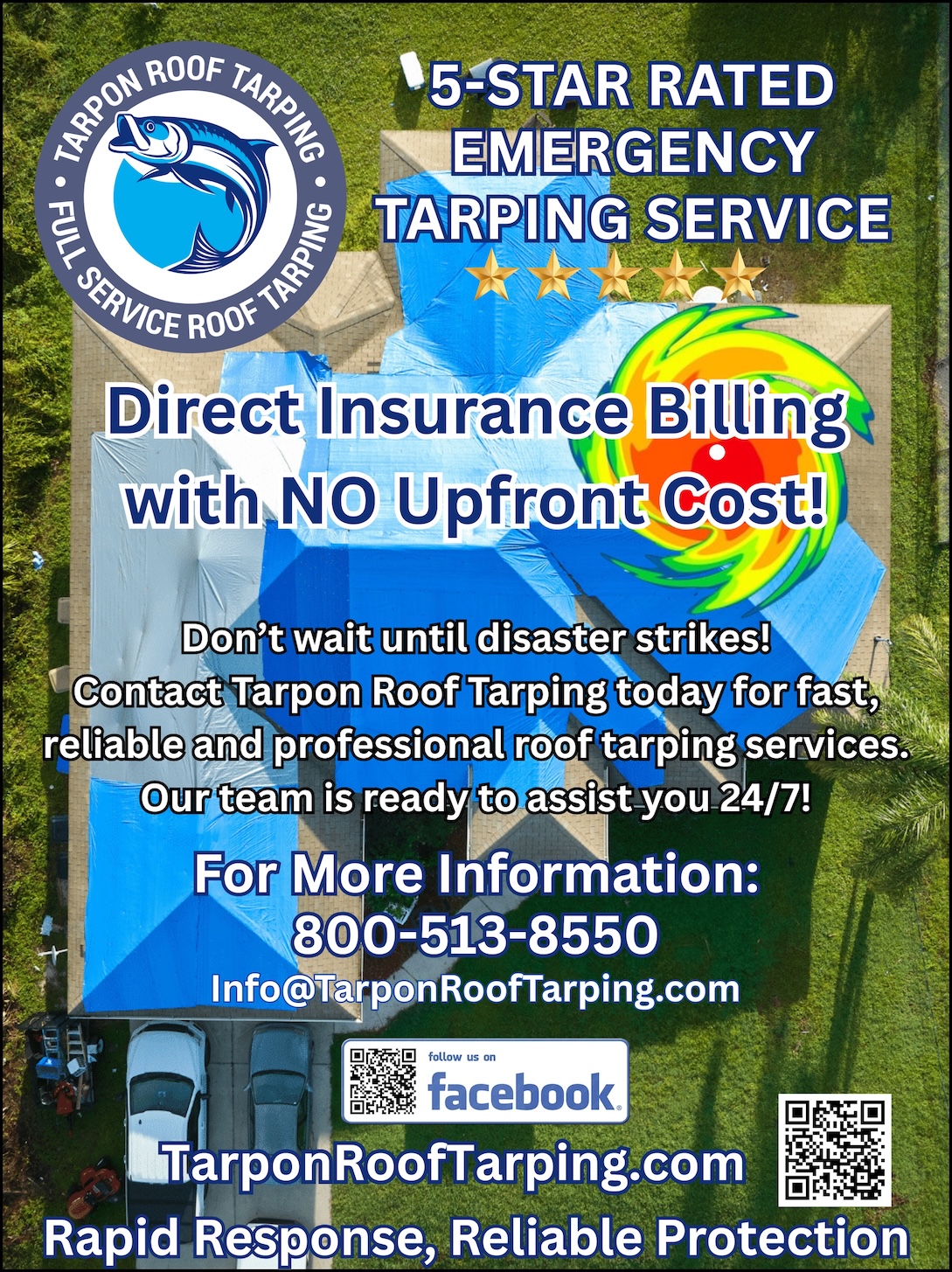Warm weather often leads to more time spent outdoors. For homeowners lucky to have a backyard pool, hot tub, or community water amenities, these spots can be great for relaxing, cooling off, exercising, or spending enjoyable times with family and friends.
While pools and spas are ideal spots for family fun, they’re not without their dangers. The American Red Cross warns that 69 percent of young children who drown were not expected to be in or near water. The Centers for Disease Control and Prevention advises that drowning is the leading cause of injury-related death among children between the ages of one and four. However, anyone can drown or suffer a water-related injury — even people who are strong swimmers. Let’s dive deep into pool-related dangers and how to avoid them.
Pool chemical injuries
Pools and spas need to be sanitized for safe use. Mishandling pool chemicals can cause serious injuries and leads to roughly 4,500 emergency room visits in the United States each year, says the CDC. More than one-third of these preventable injuries affect children or teens. All product instructions should be followed carefully. Chemicals should be stored out of reach of children or pets. Ample time should be left between adding chemicals and swimmers returning to the water.
Stay away from drains
Children and adults should not swim or hang around near drains or suction outlets in pools and spas. In addition, drain covers should be installed over all drains and returns. Hair, limbs, jewelry, bathing suits, and more can be sucked into these openings and cause serious injuries, according to PoolSafely.gov.
Supervision is key
Swimmers should not venture into the water without a buddy present, and children should never be left unattended around the water. Homeowners can install safety fencing and self-latching gates around pools to prevent youngsters from wandering into the water. All items that can be used to climb fencing should be kept away from the pool. Consider putting locks on gates on fences around the perimeter of the yard. This way no one can wander into the yard and into the pool when homeowners are not home.
Dive safely
No one should ever dive into shallow water, advises Poolonomics. Water depth should be tested prior to any diving, and generally, pools with depths of eight feet and up are considered safe for diving. Do not dive into inner tubes or into shallow ends or spas.
When jumping into the pool, try going feet-first or doing cannonballs. Avoid flips or positions that will result in landing flat on the back, which can injure the spine.
Teach kids to swim
Swimming knowledge can keep children more secure in the water. Basic competence of simple swimming strokes may help to avoid drowning. Relying on water wings or flotation devices that are not U.S. Coast Guard-approved life jackets can be risky.
Summertime is pool and spa time. Safety is paramount around the water.







